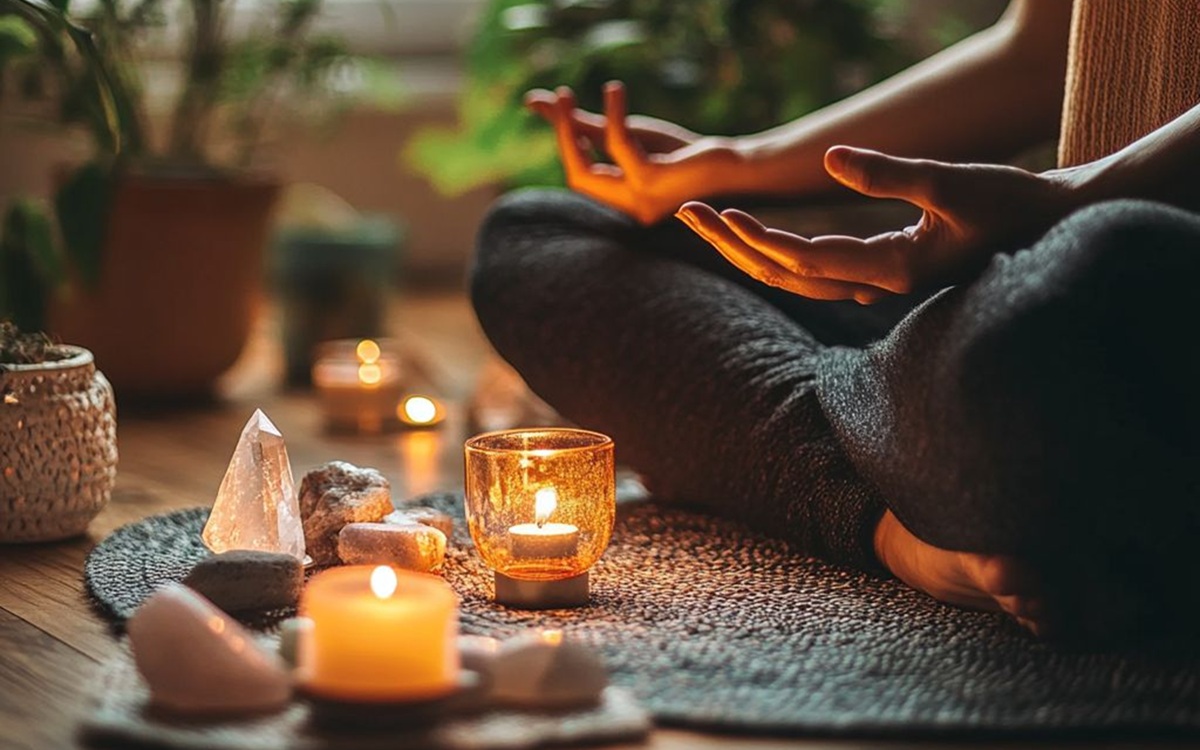Autonomous Sensory Meridian Response (ASMR)
What is ASMR and Why is It Effective for Relaxation?
ASMR refers to the tingling sensations triggered by specific auditory or visual stimuli. These sensations often begin at the scalp and travel down the spine, creating a calming effect. ASMR relaxation and sleep techniques have gained global popularity as they help individuals reduce stress, anxiety, and insomnia by inducing a meditative state.
Top ASMR Triggers to Help You Relax
1. Whispering
One of the most common ASMR triggers, gentle whispering, creates an intimate and soothing environment. The subtle nuances in tone and pacing of whispered speech can lull listeners into tranquility.
2. Tapping and Scratching
Sounds of gentle tapping or scratching on various surfaces can stimulate ASMR tingles. These rhythmic patterns are particularly effective in promoting focus and relaxation.
3. Personal Attention
Simulated scenarios like haircuts, makeup tutorials, or roleplays where the ASMRtist provides personal attention create feelings of care and comfort.
4. Crinkling Sounds
Another popular trigger is the soft crackling of materials like plastic wrap, paper, or leaves. These sounds are often associated with tactile sensations that evoke relaxation.
5. Slow Hand Movements
Visual ASMR triggers, such as slow, deliberate hand movements, can mesmerize and enhance the calming experience.
The Benefits of ASMR for Sleep
1. Reducing Stress and Anxiety
Listening to ASMR content can help lower cortisol levels, the stress hormone, enabling the body to relax and prepare for sleep.
2. Promoting Deep Sleep
ASMR helps achieve a deeper state of relaxation by slowing the heart rate and calming the mind. This is crucial for entering restorative sleep cycles.
3. Enhancing Focus and Mindfulness
By focusing on subtle sounds and sensations, individuals can disconnect from intrusive thoughts and fully engage in the present moment.
4. Combating Insomnia
For those struggling with sleeplessness, ASMR serves as a natural alternative to sleep aids. Its ability to calm the nervous system makes falling asleep effortless.
Creating the Perfect ASMR Environment
1. Quiet Space
Ensure that your environment is free from loud noises and distractions. A quiet room amplifies the effectiveness of ASMR content.
2. Comfortable Seating or Bedding
Your physical comfort enhances your receptiveness to ASMR. Opt for a cozy chair or a supportive mattress for optimal relaxation.
3. Headphones
High-quality headphones provide an immersive experience, allowing you to enjoy binaural sounds and intricate details.
4. Soft Lighting
Dim lighting or candlelight can create a serene ambiance, enhancing the overall ASMR experience.
How to Choose the Best ASMR Content for You
1. Experiment with Different Triggers
Everyone has unique preferences when it comes to ASMR. Explore various sounds and scenarios to discover what works best for you.
2. Follow Popular ASMRtists
Many ASMR creators specialize in diverse triggers and styles. Following established ASMRtists can provide a wealth of content to explore.
3. Consider Length and Timing
Choose videos or audio recordings that align with your relaxation goals. Short clips may help with quick stress relief, while longer recordings are ideal for sleep.
4. Read Reviews and Recommendations
Platforms like YouTube and Reddit often feature user reviews that can guide you to high-quality ASMR content.
Tips for Integrating ASMR into Your Sleep Routine
-
Set a Schedule:
Incorporate ASMR into your nightly routine to signal your body that it’s time to wind down. -
Combine with Relaxation Techniques:
Pair ASMR with deep breathing, meditation, or progressive muscle relaxation for enhanced effects. -
Avoid Overstimulation:
While ASMR is calming, overuse can diminish returns. Limit your sessions to 30–60 minutes before bedtime. -
Keep a Journal:
Track your sleep patterns to identify how ASMR impacts your quality of rest.
Embrace ASMR for a Restful Night
ASMR offers a natural, accessible way to achieve relaxation and combat sleep issues. Whether you’re exploring whispering, tapping, or personal attention triggers, there’s something for everyone in the ASMR universe. Incorporating these techniques into your nightly routine allows you to enjoy a more peaceful and rejuvenating sleep.







Leave a Comment
You must be logged in to post a comment.